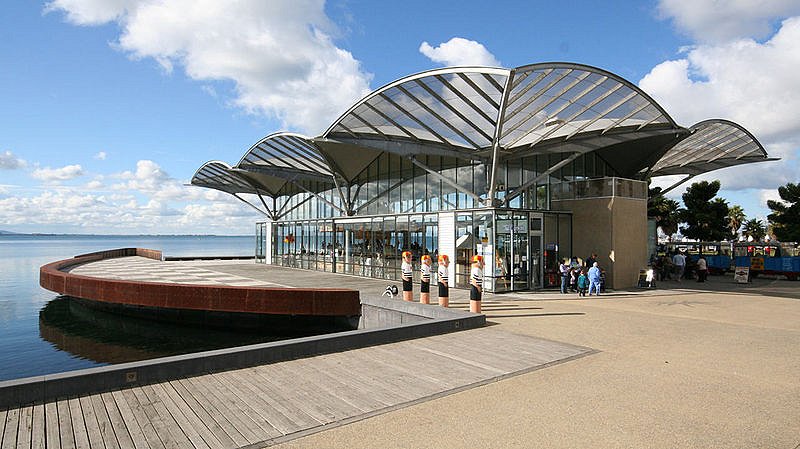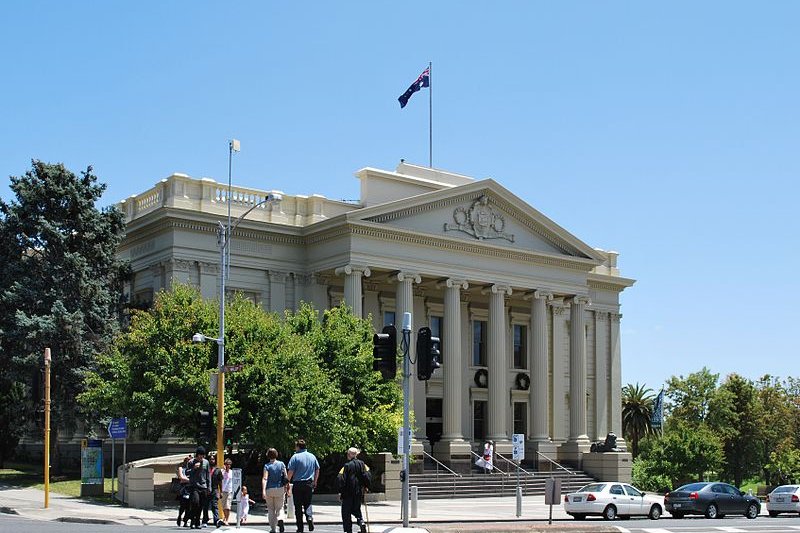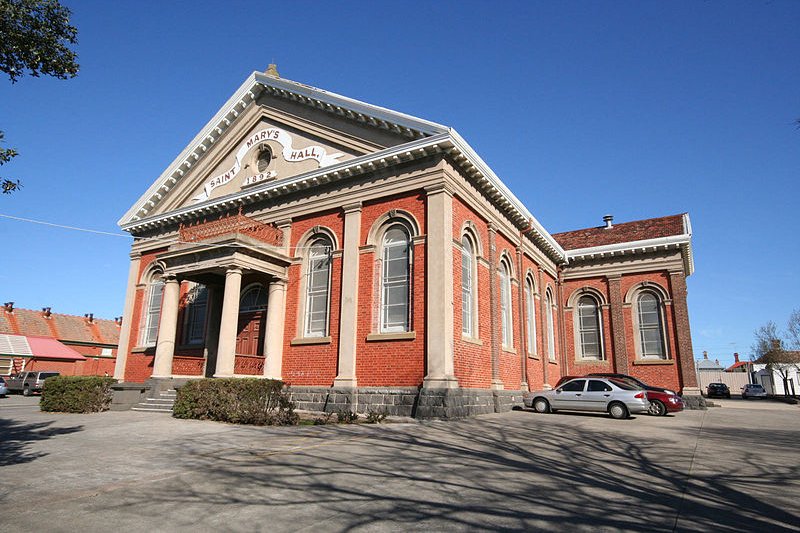 Carousel Pavilion, a popular meeting place Geelong, located at Corio Bay
Carousel Pavilion, a popular meeting place Geelong, located at Corio BaySource: https://commons.wikimedia.org/wiki/File:Carousel-pavilion-geelong.jpg
Author: Marcus Wong

Geelong is a port city to the southwest of Melbourne in Victoria, Australia. With a population of 163,000 people (2012 estimate), it is the second biggest city in Victoria and the fifth most population non-capital city in Australia. The city is within the municipality of the City of Greater Geelong, which has some 195,000 inhabitants.
The original inhabitants of the Geelong area were the Wathaurong tribe of indigenous people. Lt. John Murray was the first European to arrive in the area in 1802. He discovered a bay which he named Port King, after Philip Gidley King, the then Governor of New South Wales. Governor King however renamed the bay Port Phillip, in honor of the first governor of New South Wales, Arthur Phillip. A few months after Murray's arrival, Captain Matthew Flinders arrived at Port Phillip and surveyed the entire bay.
The name Geelong came about in 1824, during the exploration of Hamilton Hume and William Hovell. They found that the Aborigines already had a name for the bay, calling it Jillong.
 The Town Hall of Geelong
The Town Hall of GeelongSource: https://en.wikipedia.org/wiki/File:Geelong_Town_Hall.JPG
Author: Mattinbgn

The discovery of gold in Ballarat in 1851 brought an influx of immigrants to Geelong. By the mid 1850s its population has grown to 23,000 people. To prevent Geelong from eclipsing Melbourne, some people with vested interest in Melbourne produced a false map showing new arrivals that the gold fields are most easily reached via Melbourne. This does not completely divert all the traffic from Geelong, and the town grew quickly in the 1850s, receiving many of its civic buildings, many of which still stand today.
By the 1860s, the gold rush cities of Ballarat and Bendigo had surpassed Geelong in terms of population, leading rival Melbourne to start dubbing it a sleepy hollow. In reality Geelong was not a sleepy place, as a number of industries were introduced during that period. It received city status in 1910, and as the mines began to exhaust, Geelong overtook Ballarat as the second largest city in Victoria in 1936.
Visiting Geelong
Take the M1 (Maltby Bypass) from Melbourne to reach Geelong. The school hall of St Mary's School in Geelong
The school hall of St Mary's School in GeelongSource: https://commons.wikimedia.org/wiki/File:St-marys-hall.jpg
Author: Marcus Wong

 Places of Interest in Geelong
Places of Interest in Geelong
- Geelong Hospital
Historic hospital building dating to 1852. - Geelong Town Hall
Civic building built in 1854. - Market Square Shopping Centre
Shopping mall named after the original town square. Opened in 1985, it was the first enclosed shopping mall in Geelong. - St Mary of the Angels Basilica
Roman Catholic basilica completed in 1937 in the Gothic Revival style. It has the tallest bluestone spire in Australia, at 150 ft, and is the 4th tallest non-cathedral church in Australia.
Back to Discover Australia
 Latest updates on Penang Travel Tips
Latest updates on Penang Travel Tips

Copyright © 2003-2025 Timothy Tye. All Rights Reserved.

 Go Back
Go Back